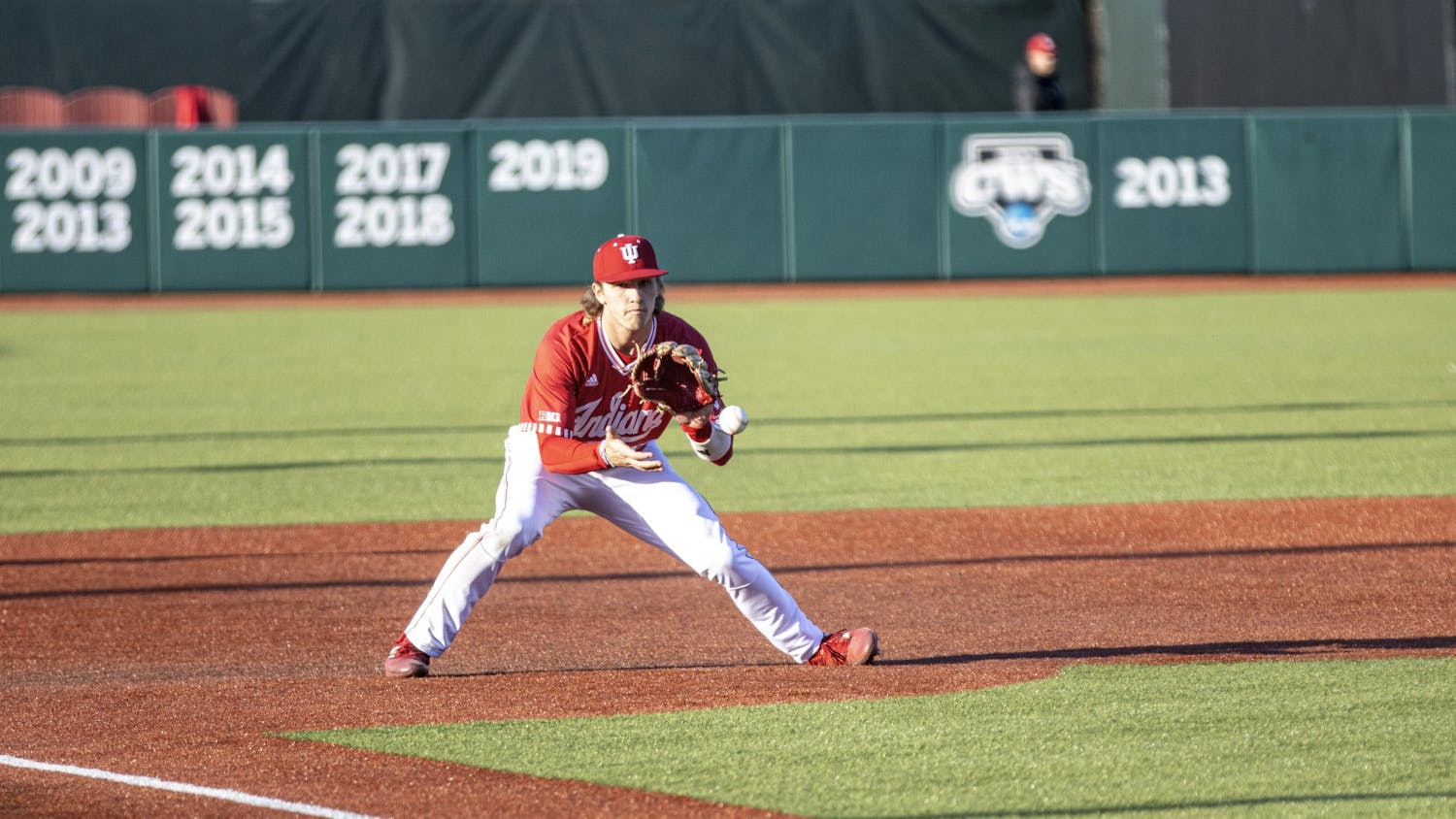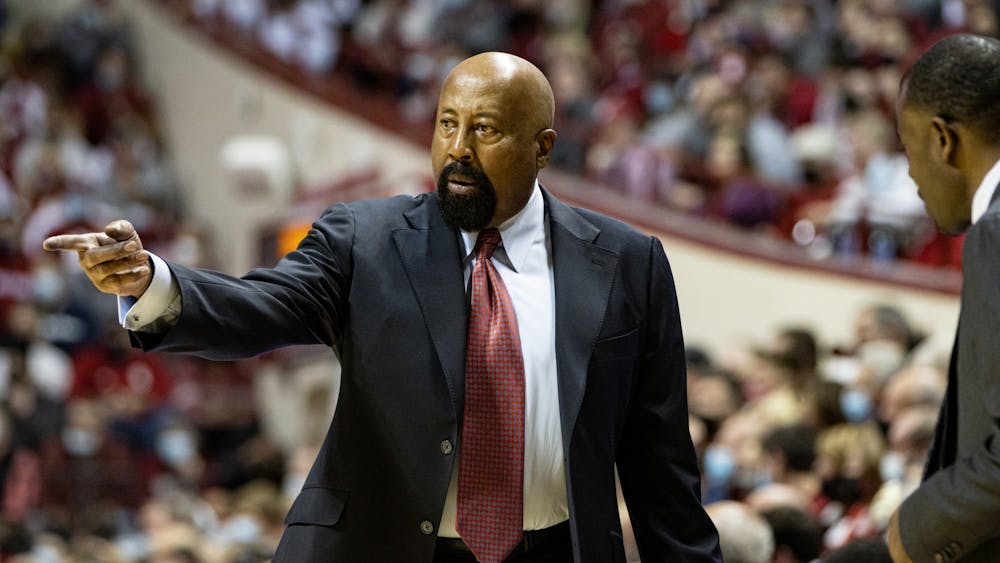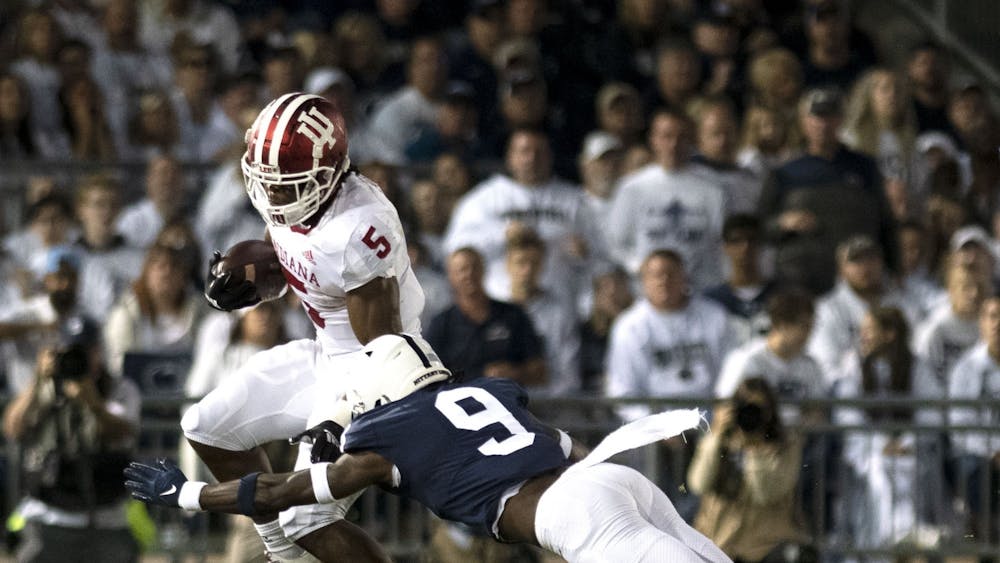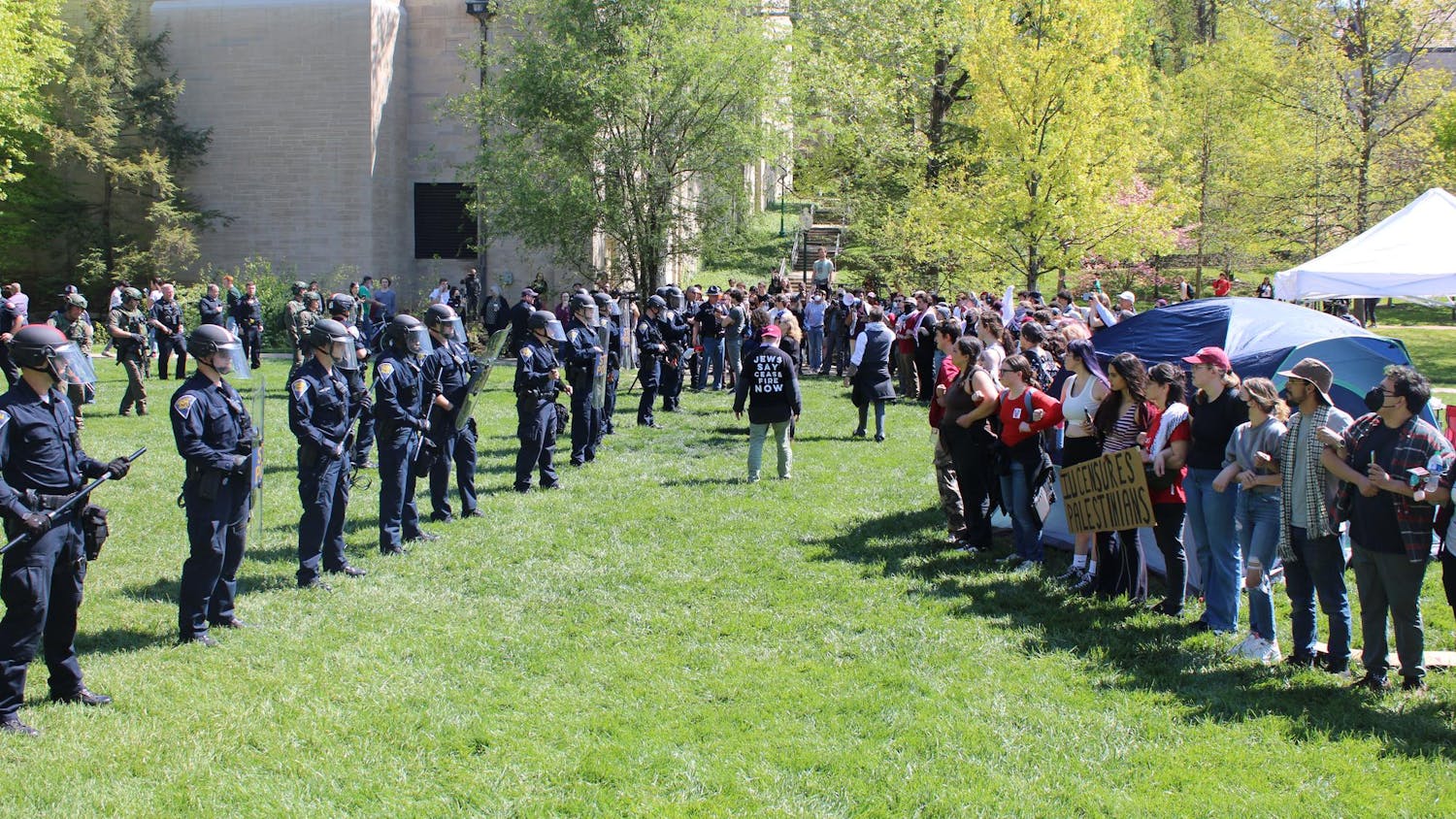For Shelbyville High School basketball coach Frank Barnes it was about class not color. He needed veterans who work well in the system – players with quick feet and precise jump shots. But he never expected this. \nNeither did the town of Shelbyville, Ind. In the 1946-47 season, Barnes had added Bill Garrett, Emerson Johnson and Marshall Murray to his all-senior starting lineup. He was doing something no other basketball coach at any level nationwide had done before him: He assigned three black players regular starters on a basketball team of a predominantly white school. That season the Shelbyville Golden Bears earned a new nickname that seethed through the breath of their opponents at every away game. “Shelbyville’s colored team” was quickly branded as “the Black Bears.” But Barnes motivated his team through one motto: “I hatecha till I beatcha.” \nThough Garrett and his teammates had a home in Shelbyville, they were shut out all over the state – literally. The team had to find hotels that would let its black players stay there and restaurants that would let them eat, all while trying to fit in. “I’m sorry, sir, we don’t take Negroes” was a familiar phrase that Barnes contested without success. Garrett, Johnson and Murray took the hate in stride, like a loss in basketball, silently accepting their cruel world. \nThings only turned worse for the Golden Bears when they hosted Terra Haute High School on Jan. 3, 1947. With five minutes left in the game, Garrett – Shelbyville’s “silent assassin” – was called for his fifth and final foul. It led the white Shelbyville crowd to conclude that referee Earl Townsend was making calls against their black players for the benefit of the Terre Haute Purple Eagles, whose players were all white. When the whistle blew to signal the game’s end, the Shelbyville faithful, packed like cattle at Paul Cross Gym, allowed their emotions to burst at the seems. They charged the court for no other reason than revenge, as Townsend and the Terre Haute team fled. It made the “Malice at the Palace” look like Fan Appreciation Day. \nBut the fans’ judgment further justified the rest of the state’s prejudices. Shelbyville became known as a rowdy, unruly bunch with black players, while the rest of the regular season pinned the team and their town against the rest of Indiana. \nYet, the high school state tournament was the thing, and if Barnes’ bunch wanted a rematch with Terre Haute it had to be in the Indiana state championship. Shelbyville’s 15-5 regular season record put them outside of the state’s top 20 teams with Terre Haute holding the undeniable No. 1 spot due to the team’s perfect record. \nThe Golden Bears won nine consecutive tournament games and miraculously found themselves again pitted against the Purple Eagles. Behind Murray’s brilliant drives to the basket, Johnson’s sharp shooting range and Garrett’s notorious presence in the paint, the bedlam in January became the rematch in March. This time fortunes flipped. This time the Golden Bears would triumph, victorious 68-58. The small boys from Shelbyville highlighted by three skinny black kids had taken down the towering talent of Terre Haute.\nThat night in the basement of the Butler Fieldhouse (now Hinkle Fieldhouse), Purdue’s head basketball coach, Mel Taube, came down to congratulate the coach. He asked Barnes to talk Garrett into going to Purdue.\nBarnes turned to Taube, and according to “Getting Open” by Tom Graham and Rachel Graham Cody, asked, “Would you play him if I did?”\nTaube replied, “No, but at least I’d know he wouldn’t be playing against me.” \nAmid his teammates’ celebration, Bill Garrett sat down and slumped his head toward the floor as he thought about his coach’s motto: “Hatecha till I beatcha”. Garrett would soon be voted Indiana’s Mr. Basketball that year, having beaten every team in the state. Still, he was black, and he was hated. Nothing had changed. \nFive months later, Garrett would enroll at IU. He would change the face of college basketball – literally.
‘Hatecha till I beatcha’
Get stories like this in your inbox
Subscribe





